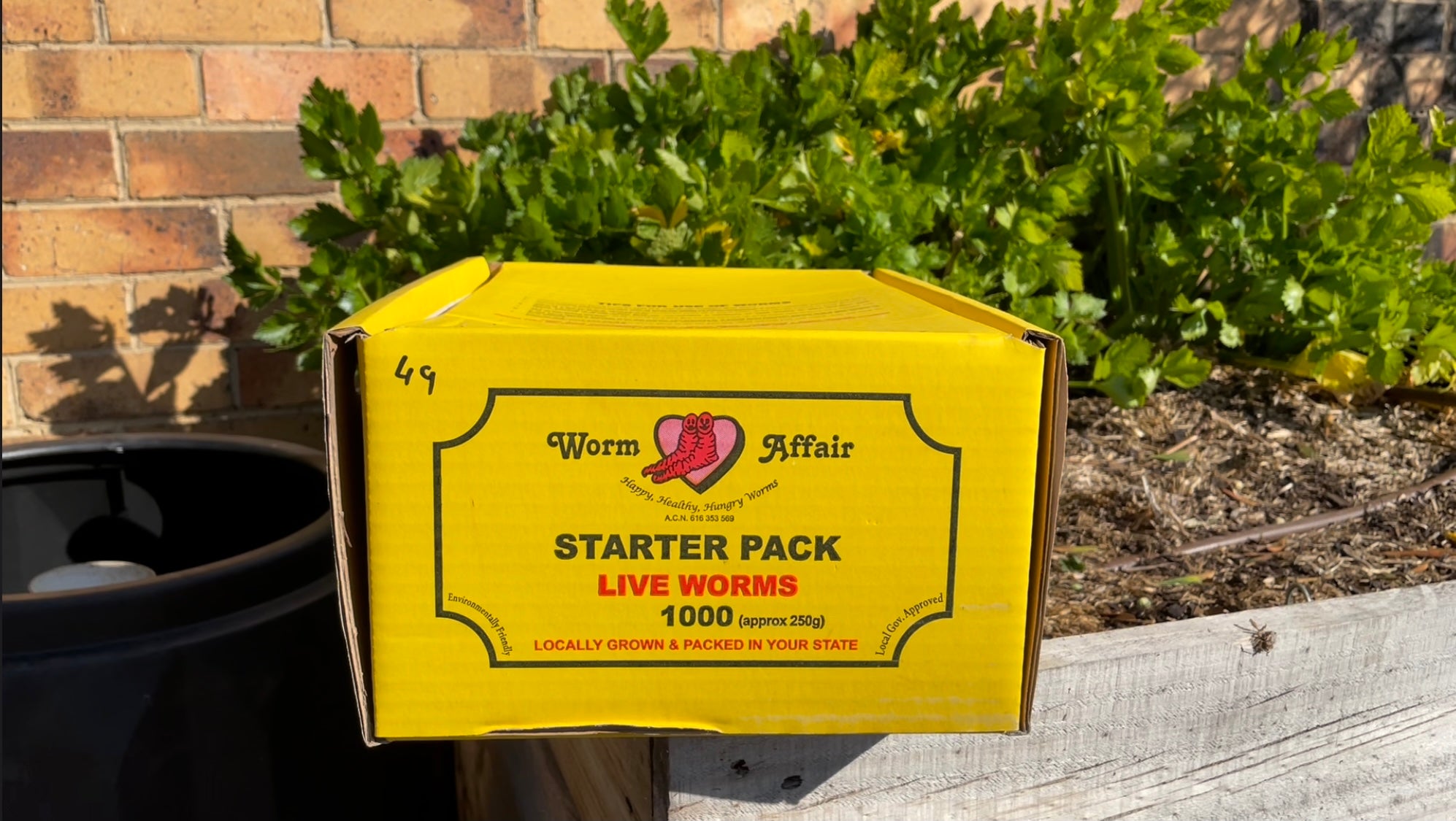Ultimate Compost Setup
People are always asking us "Hey Little Veggie Patch duderinos, what's your ultimate, fast, fool proof way to compost? I understand that it's hard to create perfect compost in small spaces, and I really like worms and admire the work they do, while on the other hand don't want rats coming in and spoiling the party.... and by the way, how do you get to the compost once it's been created.
Little Veggie Patch duderino: "Hmmm, yes, I'm glad you asked..."
After years of plotting, planning and perpetually perplexing from our trials and errors, we've settled on this compost/worm system. Without hesitation we have called it our "Ultimate Compost Set Up!"

First you need to choose a spot. There's the common misconception that compost needs to 'heat up' from the sun, but it's actually the accumulation of waste (the volume) that creates the build up of heat that allows the microbes to work most efficiently. So there's no need to bake it in direct sunlight. Crucially, as we are also using worms, a hot spot will become a hot spot of death for your worm friends. More likely, they'll just worm off to somewhere cooler and you'll be a worm-less, composting loser. Choose a protected space, close enough to the source of your scraps (for most of us that's the kitchen), and dig it in a little. That will protect the compost bin from blowing away.

Now add a breather pipe; this being a hole-filled piece of piping that sits throw the centre of the bin. The breather pipe affords you the luxury of making the most common composting mistake of over incorporating green (nitrogen) food scraps...

A pile of decaying food scraps and brown matter doesn't sound appealing to most people, but it definitely appeals to mice and rats. To prevent rats from tunnelling into your compost like they're Steve McQueen planning their great escape, add some mesh wire and peg it down.
 Moving house is stressful for everyone, and who can be bothered cooking the first night you move in? that was rhetorical, NOBODY CAN! Add some comfort food (compost) for your worms to help settle them in to their new home.
Moving house is stressful for everyone, and who can be bothered cooking the first night you move in? that was rhetorical, NOBODY CAN! Add some comfort food (compost) for your worms to help settle them in to their new home.

Now add your worm mates, using the cardboard as a pseudo blanket to keep them safe, warm and at ease in their new environment. 
Add a little water to make the blanket more malleable to the worms’ needs. Then finally start adding your scraps. You can find out all you need to know about ratios and the key to creating good compost here.
-
Posted in
compost

